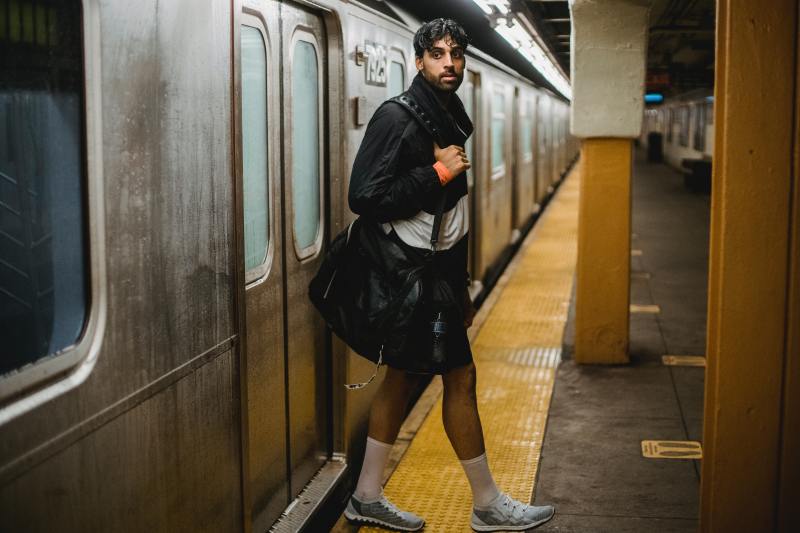MTA Encouraged by Apparent Increase in Subway Use by White Collar Workers, Tourists

Public transit — it’s not just for essential workers anymore.
MTA officials said on Wednesday that the recent surge in subway ridership was concentrated in neighborhoods with lots of tourists and white collar workers — a change from earlier this year and during the pandemic, when ridership was centered on neighborhoods populated by essential workers who never abandoned the subway.
The subway system had hit its post-pandemic ridership level on last Thursday, Sept. 15, with 3.755 million rides, only to surpass that on Tuesday with 3.76 million rides.
That’s still just 63.1 percent of the pre-pandemic normal weekday ridership. But it’s where the riders are using the subway — in Manhattan, Long Island City and Dumbo stations that like ghost towns for two years — that was cause for excitement for the MTA.
“We’ve showed you a lot of maps [in the past] that indicated that the [riders] were essential workers in the boroughs, but the surge we’re seeing now are in neighborhoods that were lagging,” said MTA CEO Janno Lieber after Wednesday’s board meeting. “These happen to be the center of what we call the creative knowledge economy: white collar workers in the creative industries. They are clearly coming back.”
Lieber said the stops that experienced the biggest increases are also “neighborhoods frequented by tourists.”
“We’re seeing the hotbeds of creative workforce in Brooklyn and Queens — our satellite downtowns of Long Island City and Dumbo for creative industry workers — are finally coming back in numbers.”
Lieber’s comments referred to an earlier map from the pandemic and immediate post-pandemic period that showed subway ridership retention at stations with lots of essential workers, who continued to use transit even as other workers were afforded the luxury of working from home:

Lieber’s new map on Wednesday showed a surge in ridership at stations in the “creative” and tourist spots.

Such a map may suggest that white collar workers are ready to jump back into the workplace, but other evidence is spotty: Ridership on the two commuter systems — the Long Island Rail Road and Metro-North — are still lagging badly, with weekday ridership not yet topping 70 percent of the pre-pandemic normal, according to the MTA’s numbers.
Meanwhile, the agency’s bridges and tunnels have been over 100 percent of pre-pandemic weekday numbers for some time now, an indication that many workers have opted for cars for their new-normal commutes.





